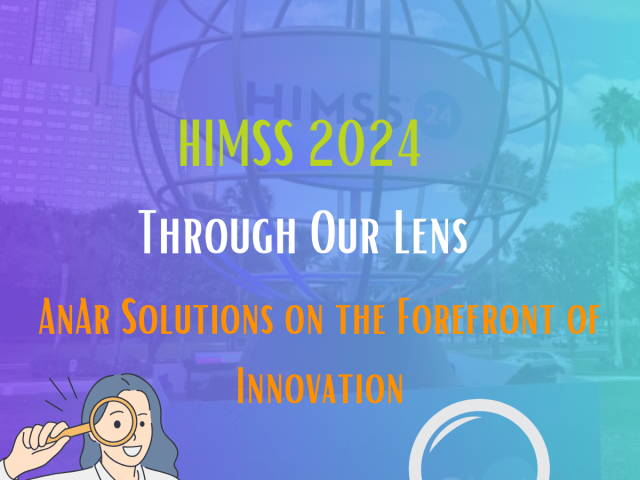Introduction to Microsoft Adaptive Cards
When new software is introduced to us, our attention naturally gravitates towards its interface, potential changes, and various aspects. However, comprehending every facet of the program can be challenging.
The user interface stands as a pivotal element, showcasing both the programming and the overall user experience. It’s paramount for developers to craft a responsive and fully functional interface. Achieving this involves scrutinizing numerous user interfaces.
Are you seeking a streamlined way to assess your user interface without undue struggle? A solution exists, allowing you to efficiently analyze your software’s interface. By simply opening your JSON file, you can promptly ascertain whether your program is on track or requires further adjustments.
This leads us to delve into the realm of adaptive cards.
What are the adaptive cards?
When it comes to analyzing a program using simple cards, you can check all the things you developed using an adaptive card. The adaptive card is an open exchange programming card, where developers can exchange UI content and generically.
Microsoft introduced adaptive cards to create an understanding of the UI content. It enables the UI content to show in simple content, where developers get the logo, link, and text content written on the card.
It is as easy to understand the content you have submitted in the program, and you can successfully analyze the user interface you have developed. This was launched in 2017 to centralize the layout of cards you have prepared independently. The adaptive cards are supported by every Microsoft program, including Cortona, Microsoft Teams, Microsoft outlook, etc.
Adaptive cards incorporate the Bot framework’s rich cards to maintain functionality. We can prepare adaptive cards with Bot framework Rest API. It will give a Bot built with a programming language. With the MS teams, the colleagues can access the adaptive cards. The design of adaptive cards is not specific to the Bot framework. It is useful for bots and is crucial. We can submit actions using the MS team and can create adaptive cards in dialogue.
The JSON is developed to analyze and adapt to the UI for any platform you will use. This means you can open the JSON on every platform of Microsoft that supports the adaptive card format. The main aim of developers is to prepare the words with JSON designing and adapt to the whole scenario that is crucial for the developer.
The developers or users can take out the pieces of information from the adaptive cards, and also, they can display some crucial information using these cards. The actions can be in the card’s body or independent buttons to use it with any supported platforms.
Also, we can use a bot to understand the content in the adaptive cards. The content in the card will describe a simple JSON object. Developers liked to use adaptive cards because it is usually a familiar approach to understand the program, and they can easily access the things they have created.
Users can reopen the cards, and also, they can perform some modifications in the cards to make them perfect according to the UI. The numeric or general cards can provide the title and some generic information about the cards. The JSON object of the card will define the content, design, and structure of the cards.
What makes adaptive cards so interesting?

Being a developer, we always need several things that make our task easy and relevant to the things we are working for. Adaptive cards provide us with several things that provide us with a clear understanding of the programs we are working on.
The goals of adaptive cards are simple and elaborated, where we can find several solutions regarding our content.
Let’s check some features of adaptive cards that make them relevant for everyone in the tech world.
- It is portable: It means you can use it anywhere you are working. It supports every UI framework and device. We get the solution of a specific program easily.
- Provide open source to the users: The adaptive cards have open libraries and schema, which we can use and share with anyone.
- Price-efficient: The developers get adaptive cards at very cost-effective prices, making them easy to consume for every person.
- Its expression is big: The developers produce a target tail content, and adaptive cards strike to the targeted long-tail content to create an engagement with the developers.
- The style is auto-generated: The design of adaptive cards is user-engaging, which creates a clear understanding of the card’s codes and design.
What adaptive cards are changing in the current technological world?
There are certain things in the developer groups that we want everything right in front of our screen. In contrast, we are creating a program or modifying something. Every one of us can use adaptive cards with the Bot framework to test the securities. So adaptive cards have a lot to do with our programming issues.
- It is changing the way of development: The cards are interactive with the users, making them work in new ways to create a fantastic way of working. It is changing the way of working by its time-bounded settings or requests on the software.
- Adaptive Cards is the best way to promote chatbots among employees: Responding to the team in no time means you have to leave some work and respond. A chatbot can manage all these things, and you can use the chatbots that will make more things easier for you.
- It saves your time by focusing on the relevant data: The adaptive cards save you precious time by only accepting the relevant data. It will reduce data fragmentation and redundancy.
What tools are there for card authors?
Adaptive cards have the best features to create a card. So, you can run a code with adaptive cards. Here are the relevant tools for you to create an adaptive card.
- One Schema: What about getting a relevant format for a card? Adaptive cards have one format with more space, including more content in the adaptive cards. You can save your money with adaptive cards, as it will give you such things in a short amount.
- The expressions are wide: You can prepare your card with many expressions, and the content will align closely. Here you can maintain good content in a short area efficiently.
- Provide you with better tools: The schema tools and the open card ecosystem allows you to create a shareable adaptive card. You don’t need to create a card, again and again, to show it to others. Simply a card is enough to share with all of your teammates. The Microsoft team can open up all these cards, which don’t require any extra application to run the adaptive cards.
Conclusion
Microsoft Adaptive Cards are a crucial tool for streamlining user interface development. Introduced in 2017, they enable the clear exchange of UI content across Microsoft platforms. Incorporating the Bot framework’s rich cards, they enhance functionality. With platform-independent JSON formatting, developers can efficiently analyze and modify UI. This approach saves time and reduces redundancy. Adaptive Cards, known for their portability, open-source nature, and cost-effectiveness, offer an engaging means of communication. Tools like One Schema and versatile expressions make card creation and sharing seamless. Overall, Adaptive Cards are a valuable asset for enhancing user interfaces efficiently.




